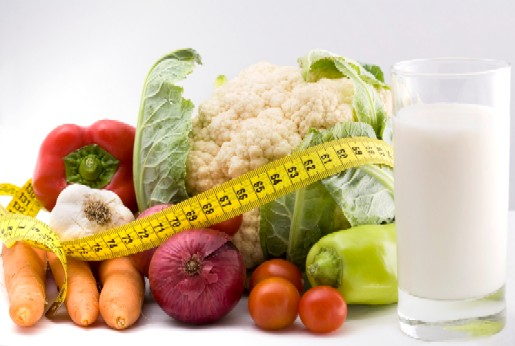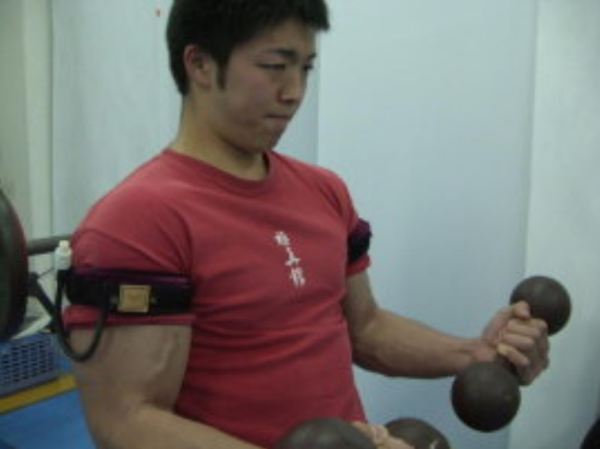Okay, it won’t turn you into Hercules; in fact, it makes you just a little bit stronger. Strong enough to flip a big honkin’ tire. Or strong enough to put your significant other in an arm bar and make him cry uncle! Ouch! Caffeine. How can you NOT love this stuff.
ABSTRACT: BACKGROUND: Research has indicated that low-to-moderate dosages of caffeine supplementation are ergogenic for sustained endurance efforts as well as high-intensity exercise. The effects of caffeine supplementation on strength-power performance are equivocal, with some studies indicating a benefit and others demonstrating no change in performance. The majority of research that has examined the effects of caffeine supplementation on strength-power performance has been carried out in both trained and untrained men. Therefore, the purpose of this study was to determine the acute effects of caffeine supplementation on strength and muscular endurance in resistance-trained women.
METHODS: In a randomized manner, 15 women consumed caffeine (6 mg/kg) or placebo (PL) seven days apart. Sixty min following supplementation, participants performed a one-repetition maximum (1RM) barbell bench press test and repetitions to failure at 60% of 1RM. Heart rate (HR) and blood pressure (BP) were assessed at rest, 60 minutes post-consumption, and immediately following completion of repetitions to failure. RESULTS: Repeated measures ANOVA indicated a significantly greater bench press maximum with caffeine (p </= 0.05) (52.9 +/- 11.1 kg vs. 52.1 +/- 11.7 kg) with no significant differences between conditions in 60% 1RM repetitions (p = 0.81). Systolic blood pressure was significantly greater post-exercise, with caffeine (p < 0.05) (116.8 +/- 5.3 mmHg vs. 112.9 +/- 4.9 mmHg). CONCLUSIONS: These findings indicate a moderate dose of caffeine may be sufficient for enhancing strength performance in resistance-trained women.
J Int Soc Sports Nutr. 2010 May 14;7:18.
Caffeine enhances upper body strength in resistance-trained women.
Goldstein E, Jacobs PL, Whitehurst M, Penhollow T, Antonio J.
Department of Exercise Science and Health Promotion, Florida Atlantic University, Boca Raton, FL 33431, USA. erg1500@yahoo.com.

 Abstract
Abstract Abstract
Abstract